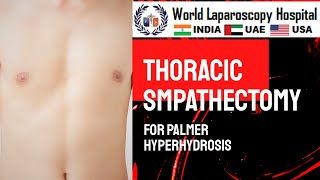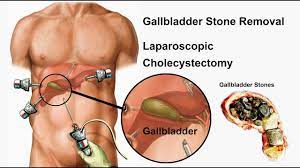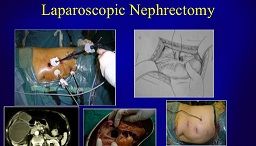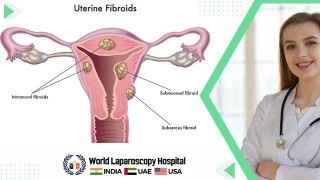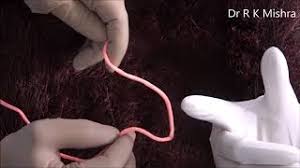Fibrin Glue for Adhesion Prevension after Laparoscopic Surgery
Add to
Share
265 views
Report
2 months ago
Description
Adhesion formation is one of the most common postoperative complications following abdominal and pelvic surgery, including laparoscopy. These fibrous bands of scar tissue can lead to chronic pain, bowel obstruction, infertility, and technical difficulties in subsequent surgeries. Despite advances in minimally invasive techniques, the risk of adhesions is not completely eliminated. Therefore, strategies to reduce adhesion formation remain an important focus in surgical practice. Among these, fibrin glue has emerged as a promising tool for adhesion prevention. Understanding Adhesion Formation Adhesions develop when the natural healing process after tissue injury leads to fibrin deposition between adjacent structures. Normally, this fibrin is broken down by fibrinolysis. However, surgical trauma, ischemia, infection, or foreign body reaction can impair fibrinolysis, resulting in persistent fibrin bands that mature into adhesions. Role of Fibrin Glue Fibrin glue is a biological tissue adhesive composed mainly of two components: fibrinogen and thrombin. When applied to tissues, these components interact to form a stable fibrin clot, mimicking the final steps of the natural coagulation cascade. Its primary role in surgery has been hemostasis and sealing tissue planes, but in recent years, it has also been explored for adhesion prevention. Mechanisms in Adhesion Prevention Barrier Effect – Fibrin glue creates a temporary physical barrier between adjacent raw tissue surfaces, preventing direct contact during the critical phase of healing. Sealing Microbleeds – By sealing small capillaries and lymphatic leaks, fibrin glue reduces fibrinous exudate and local inflammation, both of which contribute to adhesion formation. Promoting Organized Healing – Instead of irregular scar tissue formation, fibrin glue promotes more controlled tissue repair, minimizing aberrant fibrin deposition. Clinical Applications in Laparoscopic Surgery Gynecological Procedures – In laparoscopic myomectomy or endometriosis surgery, fibrin glue has been used to minimize adhesions around ovaries, fallopian tubes, and the uterus, helping preserve fertility. Colorectal and General Surgery – Application after laparoscopic colectomy, appendectomy, or adhesiolysis has shown reduced adhesion reformation and lower incidence of bowel obstruction. Hepatobiliary and Upper GI Surgery – Fibrin glue helps in preventing adhesions between the liver, stomach, and anterior abdominal wall after dissection. Advantages of Fibrin Glue Easy to apply laparoscopically using special applicators. Biodegradable and completely resorbed within 10–14 days. Minimal foreign body reaction compared to synthetic barriers. Also provides hemostasis and enhances wound healing. Limitations and Considerations The effect is temporary; hence in extensive raw surfaces, adhesions may still form. Cost can be a limiting factor, especially in resource-limited settings. Requires careful handling and application to achieve uniform coverage. More large-scale randomized studies are still needed to establish long-term benefits conclusively. Conclusion Fibrin glue represents a valuable adjunct in laparoscopic surgery for adhesion prevention. By acting as both a biological sealant and a temporary barrier, it can reduce the incidence of postoperative adhesions while simultaneously enhancing tissue healing. Although not a universal solution, when used judiciously in selected patients and procedures, fibrin glue can significantly improve postoperative outcomes, particularly in gynecological and gastrointestinal laparoscopic surgeries.
Similar Videos

